Manual Mercury System
Methylmercury Manual System
The Brooks Rand methylmercury systems are specifically designed for methylmercury analysis by EPA Method 1630.
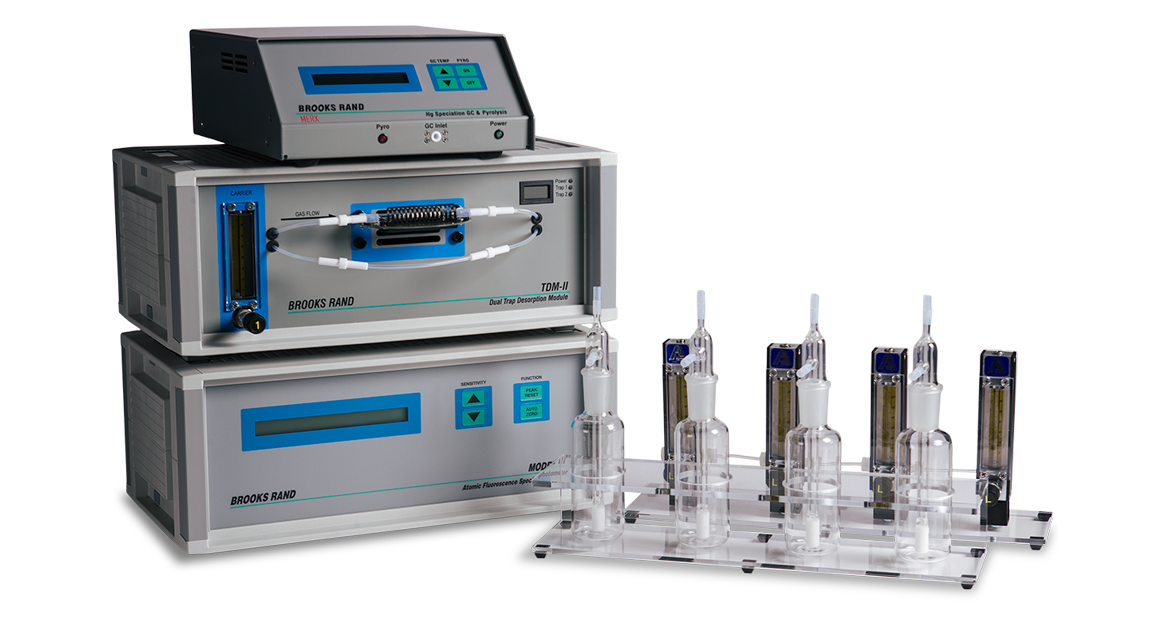
The Brooks Rand methylmercury systems are specifically designed for methylmercury analysis by EPA Method 1630.

The standard Brooks Rand methylmercury system combines easy-to-use automated analysis with manual purge and trap for a high throughput, cost-effective system. This system consists of the Model III, the Trap Desorption Module and the GC and Pyrolysis Module for automated trap analysis, along with the manual Methyl Hg Purge and Trap Module. This semi-automated system allows for the simultaneous purging of multiple samples while previously loaded traps are analyzed. The result is a throughput rate of less than 8 minutes per sample. All systems come complete with the Brooks Rand Guru™ Software for system control and peak integration.
SIMPLE OPERATION – Automates analysis from trap with a single keystroke from Guru™ Software.
CONSISTENCY – Provides simultaneous heating and integration resulting in consistent retention times.
| Applications | For monomethyl and dimethyl mercury analysis of prepared water samples (by EPA Method 1630), sediment/soil samples or biological samples. |
| Description | Controls heating of methylmercury trap and carrier gas flow through the trap, the GC and Pyrolysis Module, and the Model III detector. |
CONSISTENCY – The tightly regulated temperature of the GC oven results in consistent retention times and excellent precision.
FLEXIBILITY – Programmable temperature of the GC oven provides analyst flexibility for improved peak separation or faster run times.
| Applications | For monomethyl and dimethyl mercury analysis of prepared water samples (by EPA Method 1630), sediment/soil samples or biological samples. |
| Description | Controls heating of methylmercury trap and carrier gas flow through the trap, the GC and Pyrolysis Module, and the Model III detector. |
VERSATILE – Purge and trap modules are available in a variety of sizes to match your throughput needs and budget.
ANALYST CONTROL – The manual purge and trap module allows ultimate flexibility for the analyst. Sample-specific volumes and dilutions can be carried out to reduce the risks of overloading the system with mercury and to minimize reruns.
| Applications | For monomethyl and dimethyl mercury analysis of prepared water samples (by EPA Method 1630), sediment/soil samples or biological samples. |
| Description | Performs the ethylation, volatilization, and trapping of prepared liquid samples and controls the purge gas flow rate. |
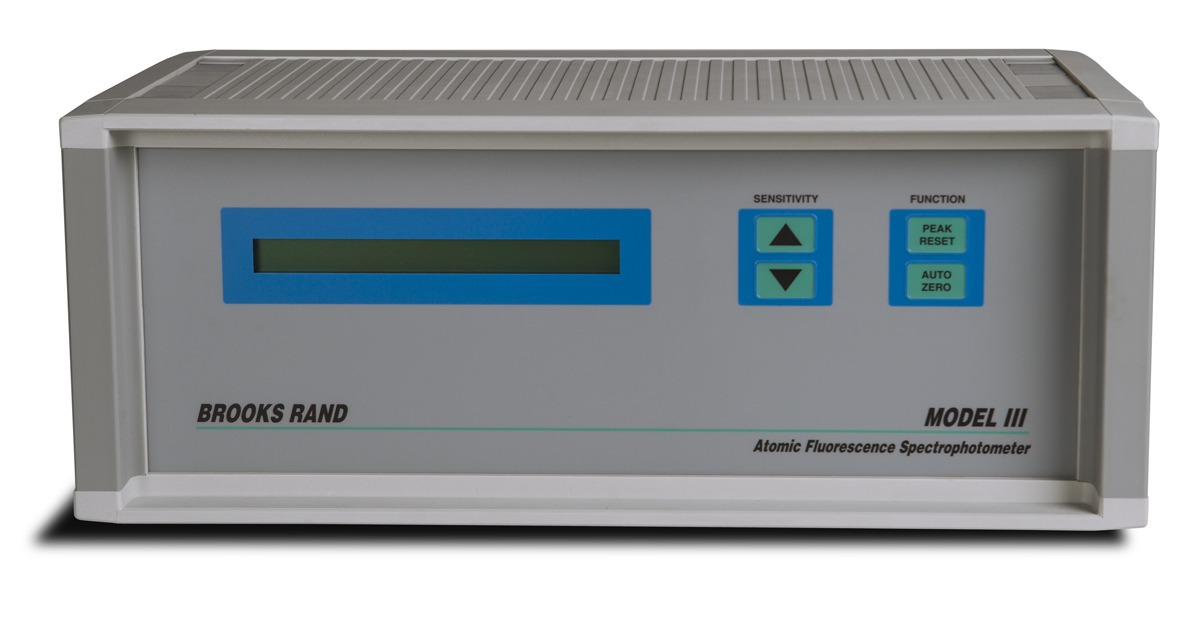
The Brooks Rand Model III was designed with input from leading mercury researchers from around the world to meet the most demanding analytical requirements and is cited in US EPA Methods 1631, 245.7, and 1630. With the ability to adjust the sensitivity across a broad dynamic range and with one-button auto baseline zeroing, the Model III is an incredibly stable detector that can run continuously all day without recalibration and is one of the most reliable mercury detectors in use today.
Requires PC with at least one RS-232 serial port and one USB port (can be supplied by Brooks Rand Instruments or customer-supplied)

TBA
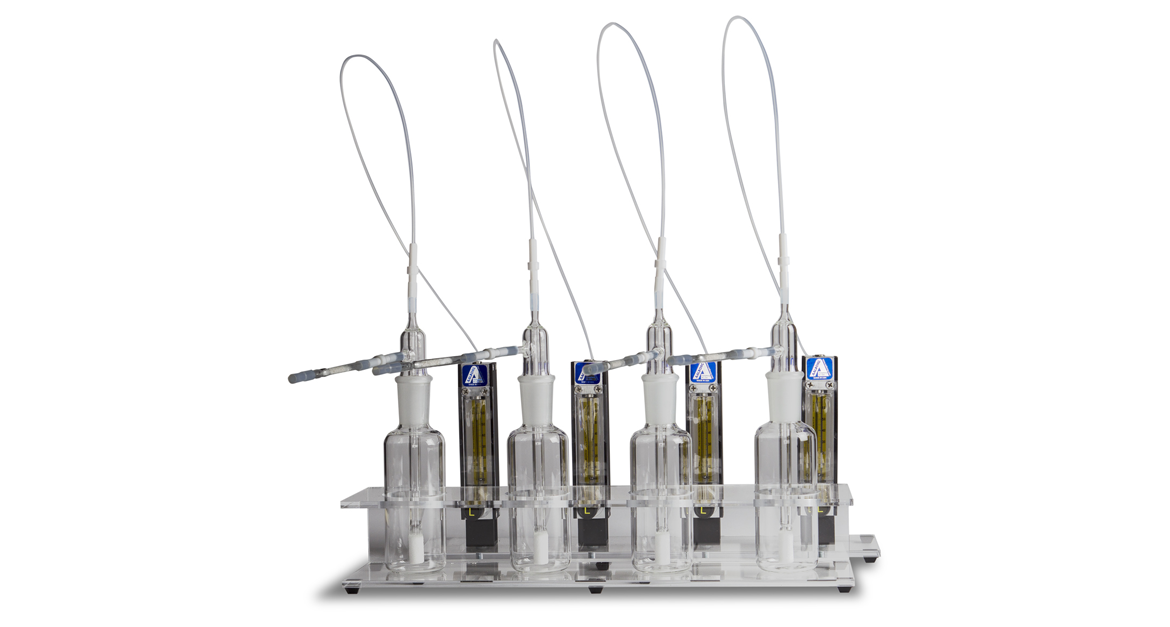
The purge and trap module controls all of the gas flows throughout the system. It contains Tenax traps, which capture mercury species, and controls their heating and cooling. It contains the purge vessel, where samples are transferred to be purged onto the Tenax traps.
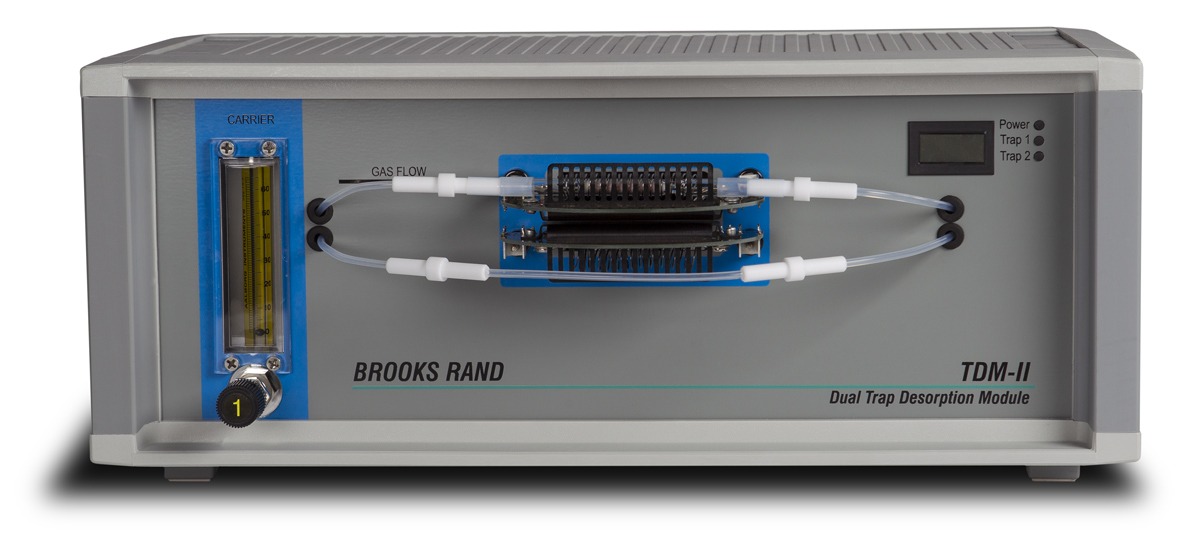
Controls heating and cooling of gold amalgamation trap and carrier gas-flow through the trap and detector. Can be used with the Model III for all Method 1631 systems and for total mercury air analysis and monitoring systems. Automates analysis from gold amalgamation trap with a single keystroke from Advanced Mercury Guru™ Software. The ACM is the same footprint as the Model III and can be stacked with the Model III, thereby taking up no additional lab bench space.
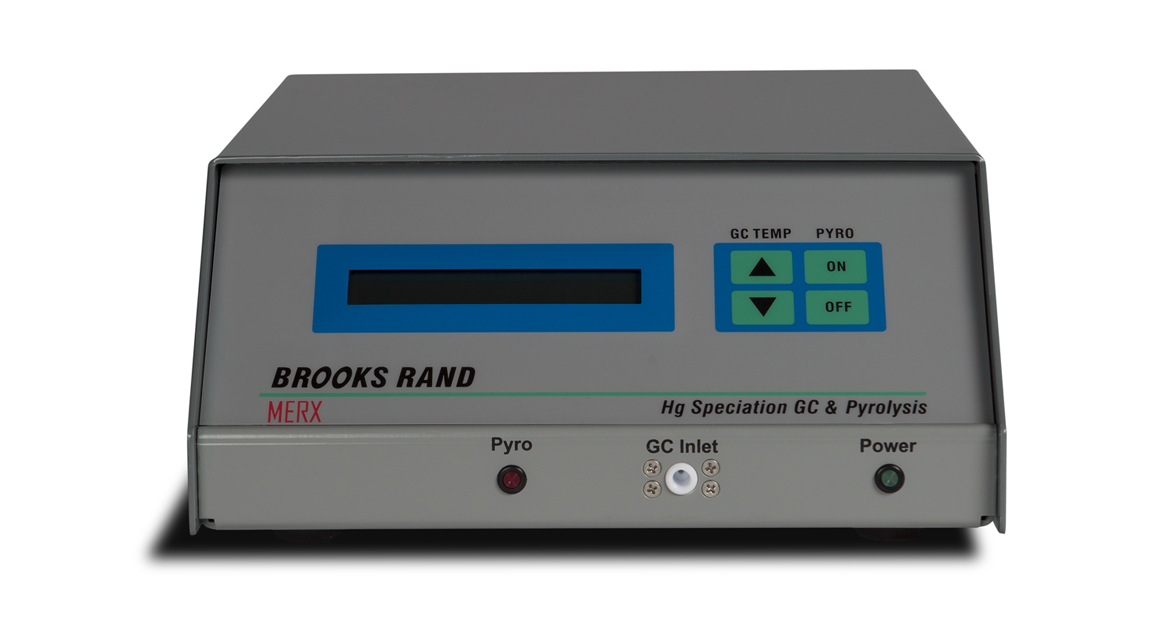
The GC and pyrolysis module contains a packed chromatographic column that separates out he mercury species from each sample, once they are released from the Tenax traps. The species emerge as separate peaks that can be individually quantified by the detector. The pyrolysis column, downstream of the chromatographic column, thermally decomposes each mercury species to elemental mercury vapor, the only form of mercury to which the detector is sensitive. This module is included in the following systems: MERX-M, Methylmercury Manual System.